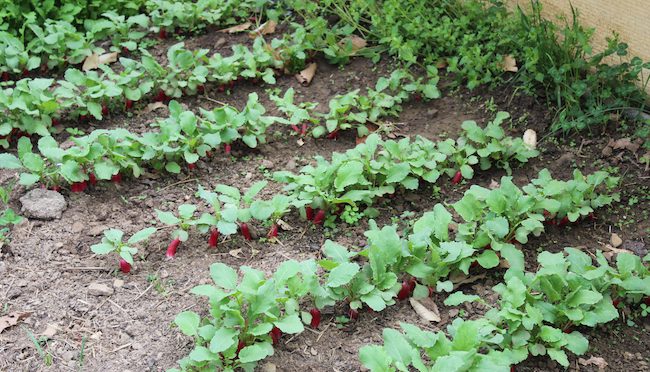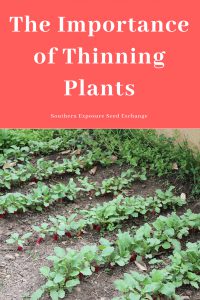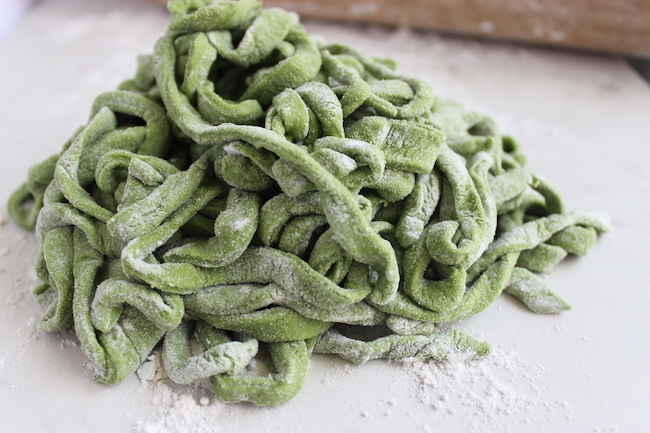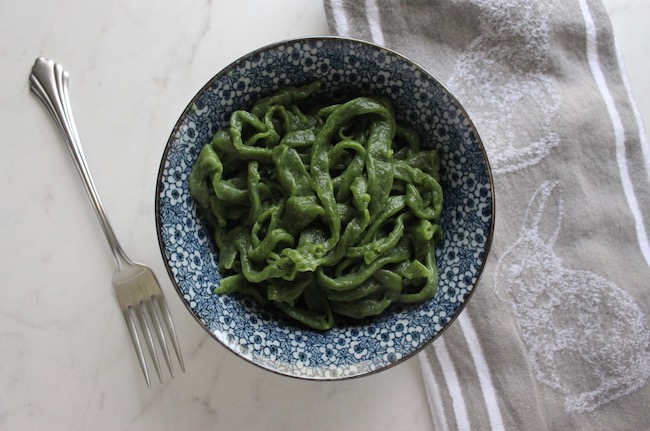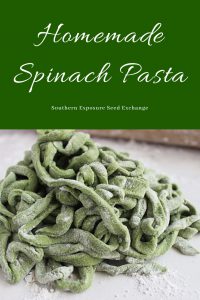If permaculture has peaked your interest any initial research can make permaculture seem overwhelming. You’ll quickly learn that it’s more than just some gardening tips. It’s a system that works to build a sustainable life. However that doesn’t mean you can’t or shouldn’t start working on adding some permaculture projects to your garden. These projects don’t require a permaculture design certification or extensive research. They’re just a few easy ways to make a change.
Build a Hugelkultur Bed
Building a hugelkultur bed is an excellent way increase your yields and conserve resources, two important principles of permaculture. Hugelkultur beds are great long term sources of nutrients, help conserve water, and create habitat for beneficial insects, fungi, and microbes. You can learn how to build your own here.
Plant a Fruit Tree Guild
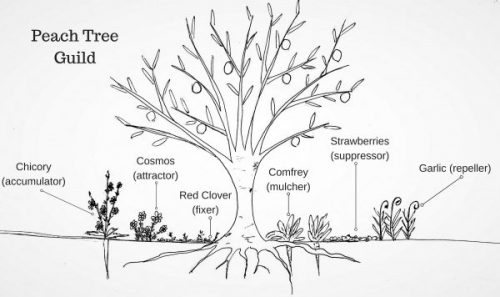
Another key permaculture principle is to integrate rather than segregate. While many traditional gardens separate trees and bushes from other plants permaculture works to integrate all plantings into a more natural ecosystem. The aim of fruit tree guilds is to plant varieties that support your fruit tree. Read our post, Planning a Fruit Tree Guild, to get started on your own.
Start Your Seeds Without Plastic
Trying to produce less waste is always a good idea but it’s also a permaculture principle. Starting seeds without using plastic is a great way to reduce garden waste. Check out our best tips in this post.
Set Up a Compost System
Another way to reduce your waste is to set up a compost system. Whether you use a simple compost pile or even set up a vermicompost system it will help you turn more nutrients into produce and reduce waste headed to the landfill.
Save Seeds
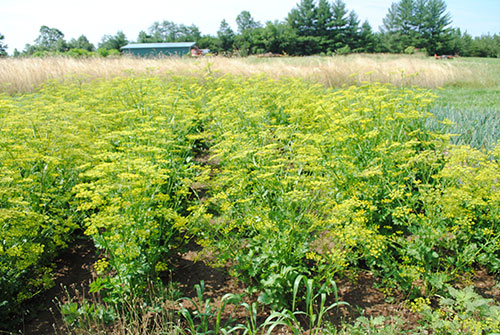
The permaculture principles also suggest that you use and value diversity. One of the best ways to accomplish this is to purchase heirloom and open pollinated seed and save seed from your plants. By saving seed you’re helping to keep more varieties alive and create strains that are adapted to your local climate. To learn more read our posts, Seed Saving for Beginners and Garden Planning for Seed Saving.
Install a Rain Barrel
While rain barrels aren’t feasible or even legal for everyone they can reduce your need for water from outside sources. Installing one is a fairly simple and affordable project and fits well with the principle, to use and value renewable resources.
Use Companion Planting
If you don’t have the space or desire for a fruit tree guild you can still practice integration. Many plants benefit from being planted with others. A great example of this is the three sisters garden which includes corn, beans, and squash, The corn provides a trellis for the beans which provide nitrogen to the corn and squash while the squash shades out the weeds as it grows.
Go No-Till
No-till agriculture is as simple as it sounds, you never turn over the soil. Instead methods like cover cropping, mulching, and lifting the soil with a broadfork are used. This practice helps keep soil healthy which fits with a number of permaculture principles including using slow methods and valuing renewable resources.
Plan Your Property or Garden with Permaculture Zones
One of the permaculture principles is to design from patterns to details. If you have the opportunity to arrange your property or garden you can use your habits to help you achieve a more efficient layout. You can read our full post on planning with permaculture zones here.
While there is more to permaculture than gardening it’s a good place to start. These projects can help you apply a few of the permaculture principles to your backyard. They can help make your garden more productive, sustainable, and efficient.
Pin it for later.


